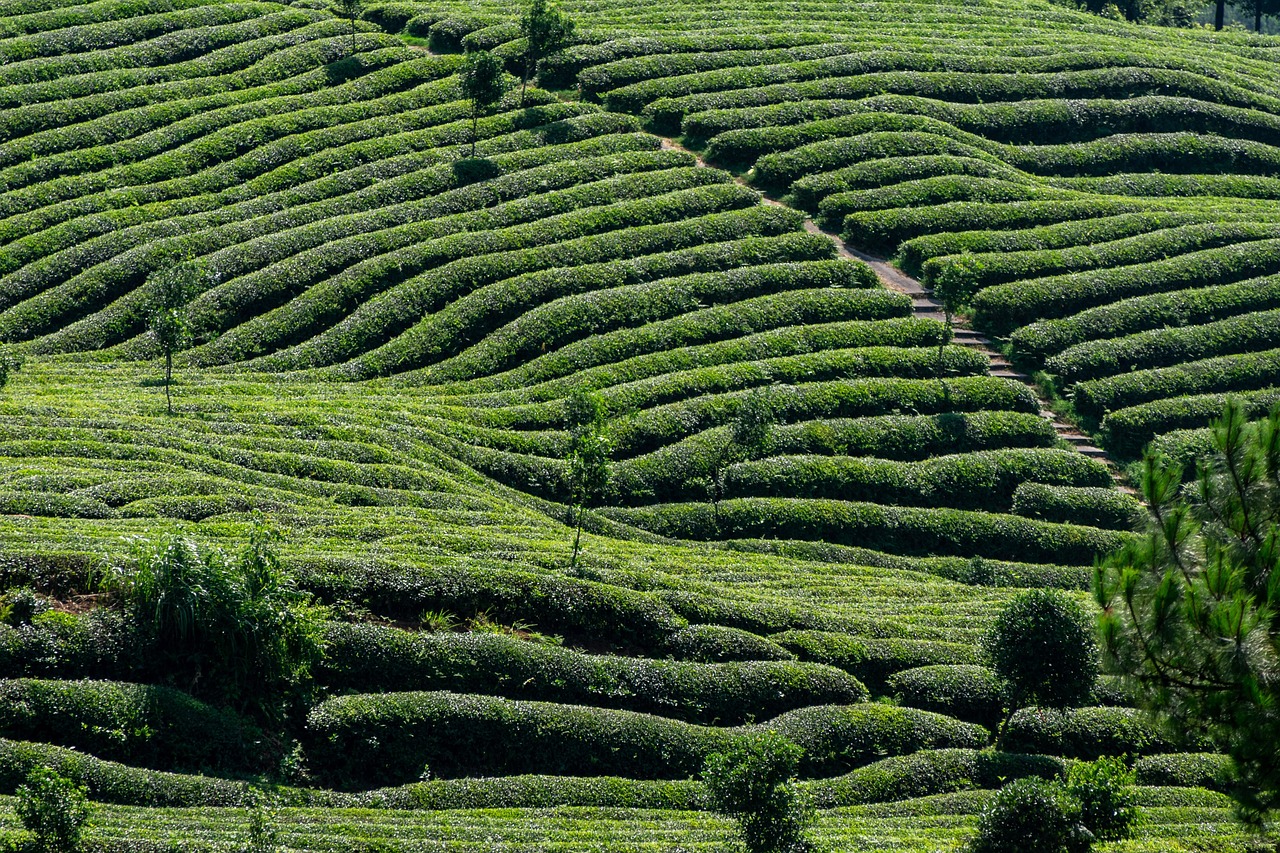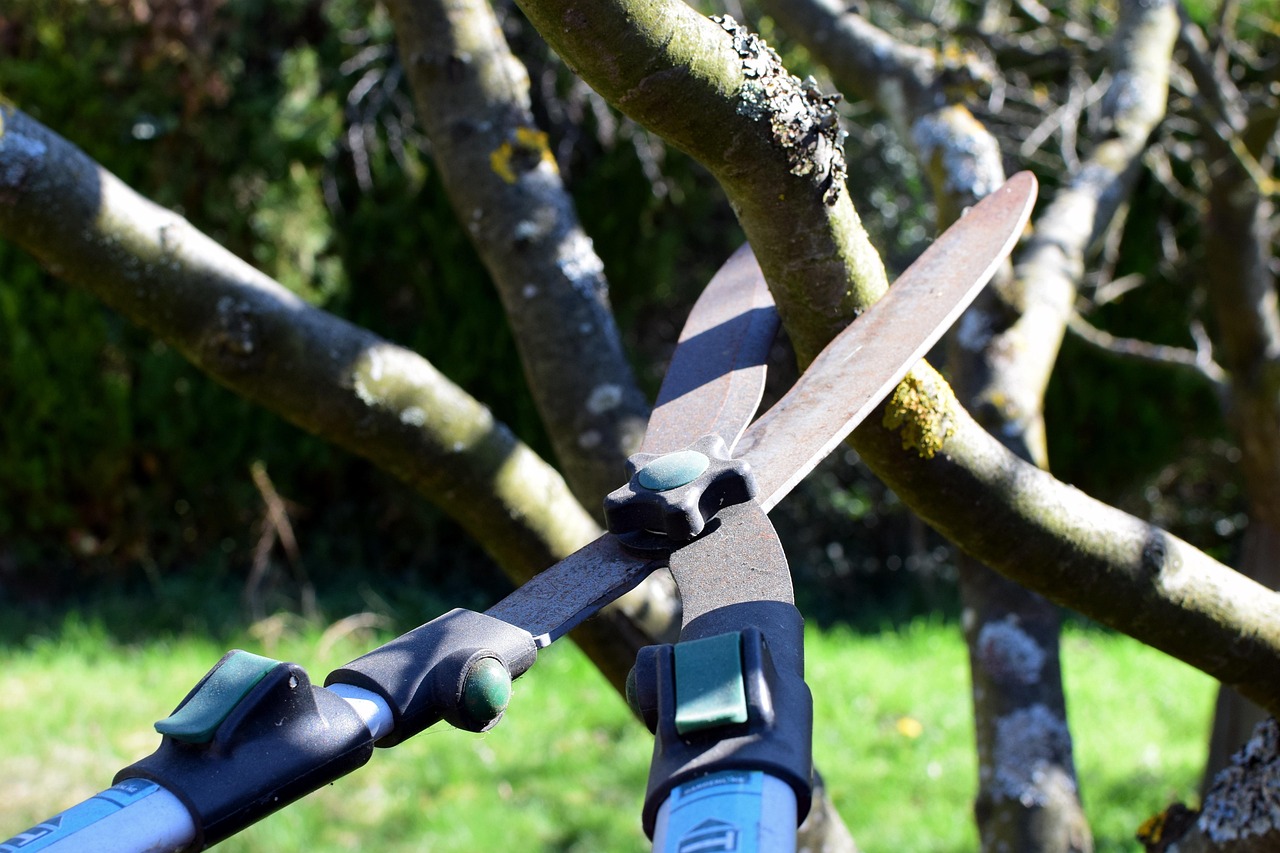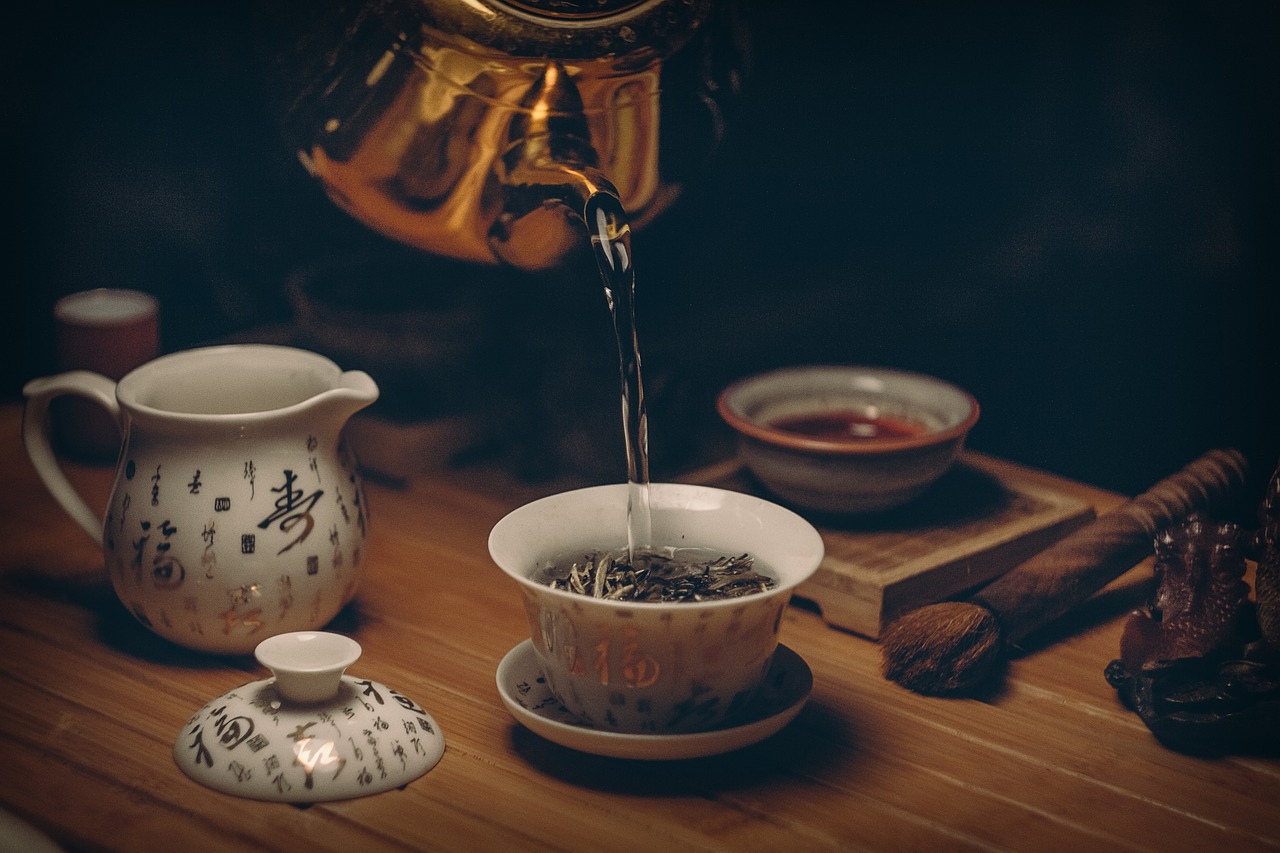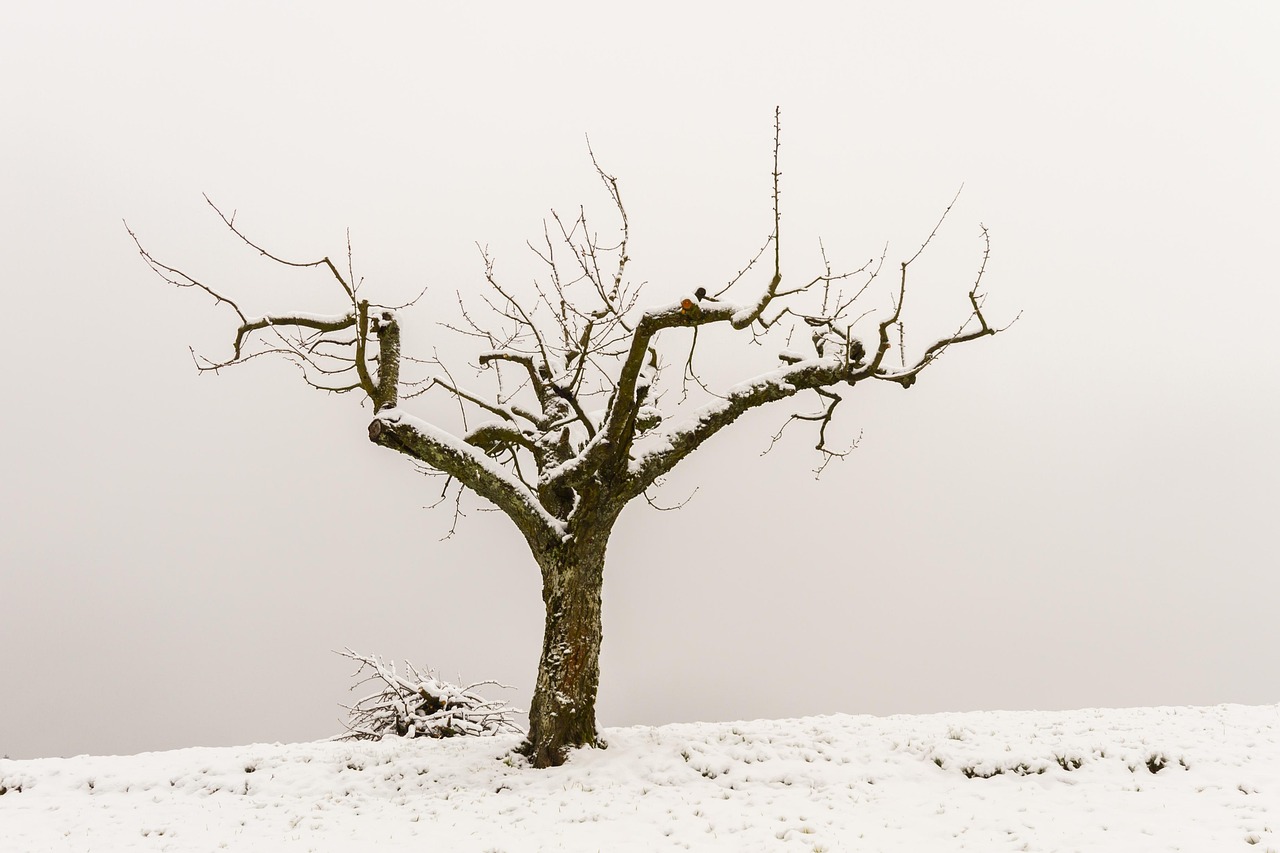Tea tree pruning is essential for maintaining healthy growth and maximizing oil production in your home herb garden. Regular pruning encourages bushy growth, removes dead or diseased branches, and enhances air circulation. This guide will provide you with the necessary techniques and tips for effective tea tree pruning.
Tea trees, scientifically known as Melaleuca alternifolia, are native to Australia and are well-known for their essential oil. This oil has gained popularity due to its antiseptic properties and numerous uses in skincare and wellness. Growing tea trees in a home herb garden not only provides a steady supply of this valuable oil but also adds a unique flavor to your herbal remedies and culinary dishes.

Pruning tea trees can seem daunting for novice gardeners, but it is a manageable task with the right knowledge. Understanding the best practices for pruning will ensure that your tea trees remain healthy and productive. In this guide, we will cover the ideal time for pruning, recommended tools, and step-by-step techniques to achieve the best results.
Understanding the Benefits of Pruning Tea Trees
Pruning is not just about aesthetics; it serves multiple purposes that contribute to the overall health of tea trees. Here are some key benefits:
- Promotes Healthy Growth: Regular pruning encourages new growth by removing old or weak branches.
- Enhances Air Circulation: Well-pruned trees have better airflow, which helps prevent diseases.
- Increases Oil Production: Pruning can lead to bushier plants, resulting in higher essential oil yields.
- Removes Dead or Diseased Material: Eliminating unhealthy branches prevents the spread of disease within the plant.
By understanding these benefits, home gardeners can appreciate the importance of incorporating regular pruning into their tea tree care routine.

When to Prune Tea Trees
The timing of your pruning efforts is crucial for the health of your tea trees. Generally, the best time to prune is during the late spring to early summer months. This timing allows the plants to recover quickly and promotes vigorous growth during the growing season. Here are some additional tips regarding timing:
| Season | Recommended Actions |
|---|---|
| Spring | Light pruning to shape and remove dead branches. |
| Summer | Major pruning to promote bushiness and enhance air circulation. |
| Fall | Avoid heavy pruning; focus on minor maintenance. |
| Winter | Avoid pruning as trees are dormant. |
Following this seasonal guide will help ensure that your tea trees thrive and produce healthy foliage and oils. It is important to observe your plants closely; if you notice any signs of disease or stress, immediate action may be necessary regardless of the season.
Essential Tools for Pruning Tea Trees
Having the right tools makes all the difference when it comes to pruning. Here’s a list of essential tools you should have on hand:

- Pruning Shears: These are ideal for cutting small branches and stems. Choose a sharp pair for clean cuts.
- Loppers: For thicker branches, loppers provide leverage and make the task easier.
- Hand Saw: A small hand saw may be necessary for larger branches that cannot be cut with shears or loppers.
- Gloves: Protect your hands while handling plants, especially if you have sensitive skin.
- Bucket: Use this to collect cuttings and keep your workspace tidy.
Investing in quality tools will enhance your pruning experience and help achieve better results. Ensure that all tools are clean before use to avoid transferring diseases between plants.
Step-by-Step Pruning Technique
Now that you are equipped with knowledge about timing and tools, let’s delve into the actual process of pruning tea trees. Follow these steps for effective pruning:
- Assess Your Plant: Before you start, take a good look at your tea tree. Identify any dead or diseased branches.
- Start with Dead Branches: Cut away any dead or damaged branches first. This opens up the plant for better airflow.
- Shape the Tree: Trim back any overly long or straggly branches to create a more uniform shape.
- Cut at an Angle: Always make cuts at a 45-degree angle to prevent water from pooling on the cut surface.
- Avoid Over-Pruning: Be cautious not to remove too much foliage at once. Aim for no more than one-third of the plant’s overall size per session.
This step-by-step technique will help you manage your tea trees effectively. Regularly assessing and caring for your plants will lead to healthier growth and better yields in your herb garden.

Common Mistakes to Avoid When Pruning Tea Trees
While pruning is beneficial, there are common mistakes that many gardeners make. Avoiding these pitfalls can lead to healthier tea trees and better yields. Here are some common mistakes to watch out for:
- Pruning at the Wrong Time: Timing is crucial in pruning. Pruning during dormancy can harm the tree and reduce its growth potential.
- Using Dull Tools: Dull pruning tools can tear branches instead of making clean cuts. This increases the risk of disease.
- Ignoring Plant Shape: Neglecting the natural shape of the tree may result in an uneven appearance and unhealthy growth.
- Over-Pruning: Removing too much foliage can stress the plant and hinder its growth. Always follow the one-third rule.
- Failing to Clean Tools: Not sterilizing tools before use can spread diseases between plants.
By being mindful of these mistakes, you can ensure that your tea tree pruning efforts yield positive results and promote robust plant health.
Post-Pruning Care for Tea Trees
After you have completed the pruning process, proper care is essential for helping your tea trees recover and thrive. Here are some important steps to follow:
- Watering: Provide adequate water after pruning. This helps the plant recover from any stress caused by cutting.
- Fertilization: Consider applying a balanced fertilizer a few weeks after pruning. This supports new growth.
- Pest Monitoring: Keep an eye out for pests that may be attracted to freshly cut branches. Early detection is key.
- Mulching: Applying mulch around the base of the tree can help retain moisture and suppress weeds.
- Observation: Regularly check your tea trees for any signs of disease or stress. Early intervention can prevent larger issues.
Following these post-pruning care tips will enhance the recovery process and support healthy growth in your tea trees.
Identifying Problems in Tea Trees
Even with proper care and pruning, tea trees can experience various problems. Recognizing these issues early allows you to take action before they escalate. Below are some common problems and their symptoms:
| Problem | Symptoms | Possible Solutions |
|---|---|---|
| Pests | Visible insects, webbing, or discolored leaves | Use insecticidal soap or neem oil as needed |
| Disease | Browning leaves, leaf drop, or black spots on foliage | Remove affected areas and apply appropriate fungicides |
| Nutrient Deficiency | Pale leaves or stunted growth | Test soil and apply necessary fertilizers |
| Overwatering | Wilting leaves or root rot | Adjust watering schedule and improve drainage |
| Underwatering | Crispy leaves or wilting | Increase watering frequency and ensure consistent moisture |
By staying vigilant and monitoring your tea trees, you can address any issues before they become severe, ensuring a thriving herb garden.
Cultivating Tea Trees for Optimal Oil Production
If your goal is to maximize oil production from your tea trees, consider these cultivation practices in addition to regular pruning:
- Sunlight Requirements: Tea trees thrive in full sunlight. Ensure they receive at least six hours of direct sunlight daily.
- Soil Quality: Well-draining soil is essential. Amend with organic matter to improve drainage and nutrient content.
- Regular Harvesting: Frequently harvesting leaves encourages bushier growth and increases oil yield.
- Avoid Chemical Pesticides: Instead of chemical treatments, opt for organic pest control methods to protect the essential oil quality.
- Consistent Pruning Schedule: Implement a regular pruning schedule to maintain healthy plants that produce high-quality oil.
By following these cultivation techniques along with proper pruning, you will enhance both plant health and oil production in your home herb garden.
The Role of Climate in Tea Tree Growth
The climate where you grow tea trees significantly affects their health and productivity. Here are some factors to consider regarding climate:
- Temperature: Tea trees prefer warm climates but can tolerate mild winters. Protect them from frost if temperatures drop.
- Humidity: Moderate humidity levels are beneficial. Too much humidity can lead to fungal diseases.
- Rainfall: Regular rainfall is ideal, but ensure that the soil drains well to prevent root rot.
Selecting the right location for planting your tea trees based on these climate factors will contribute to their overall success in your herb garden.
Pests and Diseases Specific to Tea Trees
Pest and disease management is crucial for maintaining healthy tea trees. Here are some common pests and diseases to be aware of:
| Pest/Disease | Description | Treatment Options |
|---|---|---|
| Aphids | Small, green insects that suck sap from leaves. | Use insecticidal soap or introduce natural predators like ladybugs. |
| Spider Mites | Tiny pests that cause stippling and webbing on leaves. | Increase humidity around plants and apply miticides if necessary. |
| Crown Rot | A fungal disease causing roots and stems to decay. | Avoid overwatering and remove infected plants immediately. |
| Leaf Spot | Browning spots on leaves indicating fungal infection. | Cull affected foliage and apply fungicides if needed. |
A proactive approach to managing pests and diseases will help keep your tea trees healthy and productive in your home herb garden.
Harvesting Tea Tree Leaves for Oil Production
Harvesting tea tree leaves is a vital step in producing essential oil. Knowing when and how to harvest can significantly affect the quality and quantity of oil extracted. Here are some guidelines to follow when harvesting your tea tree leaves:
Optimal Harvesting Time
The best time to harvest tea tree leaves is during the late morning after the dew has dried. At this time, the essential oil concentration is at its highest. Additionally, consider the following:
- Age of the Plant: Leaves from mature plants yield more oil than those from younger plants.
- Season: Late spring to early summer is ideal for harvesting, as the trees are in their growth phase.
Harvesting Techniques
When harvesting, use sharp pruning shears to avoid damaging the plant. Follow these steps for effective harvesting:
- Identify Healthy Stems: Focus on healthy stems with lush foliage. Avoid any branches showing signs of disease or pest damage.
- Make Clean Cuts: Cut leaves from the stem, leaving some foliage intact to encourage regrowth.
- Avoid Over-Harvesting: Limit your harvest to about one-third of the plant’s foliage to ensure it remains healthy and productive.
This careful approach will help maintain the health of your tea trees while ensuring a steady supply of leaves for oil production.
Methods of Extracting Essential Oil from Tea Tree Leaves
Once you have harvested your tea tree leaves, the next step is extracting the essential oil. There are several methods to extract oil, each with its own advantages and disadvantages:
| Extraction Method | Description | Pros and Cons |
|---|---|---|
| Steam Distillation | This involves using steam to extract oil from the leaves. | Pros: Produces high-quality oil; widely used in commercial production. Cons: Requires specialized equipment. |
| Cold Pressing | This method uses mechanical pressure to extract oil from fresh leaves. | Pros: Simple and does not require heat; good for small batches. Cons: Lower yield than distillation. |
| Solvent Extraction | A solvent is used to dissolve the oil, which is then separated from the solvent. | Pros: Can extract more oil than other methods. Cons: May leave chemical residues; not recommended for food use. |
| Infusion | This method involves steeping leaves in a carrier oil. | Pros: Simple and accessible for home gardeners. Cons: Produces a less concentrated oil; requires longer preparation time. |
Selecting the right extraction method will depend on your resources and intended use for the essential oil. Steam distillation is often preferred for its efficiency and quality, but other methods can also yield satisfactory results for personal use.
Storing Essential Oil Properly
Proper storage of your extracted tea tree oil is crucial to maintaining its quality and effectiveness. Here are some tips for storing essential oil:
- Use Dark Glass Containers: Store oils in dark amber or cobalt blue glass bottles to protect them from light exposure.
- Avoid Heat and Humidity: Keep oils in a cool, dry place away from direct sunlight and moisture.
- Tightly Seal Containers: Ensure that lids are tightly closed to prevent oxidation and evaporation.
- Label Bottles: Clearly label each bottle with the extraction date and type of oil for easy identification.
By following these storage guidelines, you can prolong the shelf life and efficacy of your tea tree essential oil.
Using Tea Tree Oil in Your Home
Tea tree oil has numerous applications, making it a valuable addition to your home. Here are some popular uses for this versatile oil:
- Skincare: Known for its antiseptic properties, tea tree oil can be added to skincare products or used diluted on blemishes.
- Aromatherapy: Use in diffusers or during massages to promote relaxation and relieve stress.
- Cleansing: Add a few drops to cleaning solutions to enhance antibacterial properties for a natural cleaning agent.
- Pest Control: Mix with water and spray around the home to deter pests due to its repellent properties.
The versatility of tea tree oil makes it an excellent resource for maintaining health and wellness while also contributing to a clean home environment.
Cautions When Using Tea Tree Oil
While tea tree oil is beneficial, it’s important to use it safely. Here are some precautions to consider:
- Dilution Required: Always dilute tea tree oil with a carrier oil before applying it directly to the skin to prevent irritation.
- Avoid Ingestion: Tea tree oil should never be ingested as it can be toxic if swallowed.
- Patch Test: Conduct a patch test before widespread use on skin to check for allergic reactions.
- Consult with Professionals: If pregnant or nursing, consult a healthcare professional before using tea tree oil.
By adhering to these precautions, you can safely enjoy the benefits of tea tree oil while minimizing any risks associated with its use.
Advanced Techniques for Enhancing Tea Tree Growth
For those who want to take their tea tree cultivation to the next level, incorporating advanced techniques can yield even better results. Here are some methods to enhance the growth and health of your tea trees:
Companion Planting
Companion planting involves growing different plants together for mutual benefits. Certain plants can help improve the growth conditions for tea trees:
- Lavender: This aromatic herb can deter pests that may harm tea trees while attracting beneficial insects.
- Marigolds: These flowers can repel nematodes and other harmful pests, creating a healthier environment.
- Basil: Planting basil near tea trees can enhance flavor and oil production.
By strategically planting companion plants, you can create a harmonious garden environment that supports the health of your tea trees.
Soil Amendments
A healthy soil ecosystem is vital for robust tea tree growth. Consider these soil amendments to improve soil quality:
- Compost: Adding organic compost enriches the soil with nutrients and improves moisture retention.
- Pine Bark Mulch: This helps with drainage and provides a slow release of nutrients as it breaks down.
- Perlite or Vermiculite: Incorporating these materials can enhance aeration and drainage in heavy soils.
Regularly testing your soil and adjusting it based on plant needs can lead to healthier tea trees and better essential oil yields.
Climate Control Techniques
If you live in an area with extreme weather conditions, consider implementing climate control techniques:
- Windbreaks: Planting hedges or using fences can protect tea trees from harsh winds that may damage branches.
- Shade Cloths: In extremely hot climates, using shade cloths can protect young trees from sunburn.
- Row Covers: In colder climates, lightweight row covers can provide insulation during frost periods.
Utilizing these techniques will help create a more stable growing environment, allowing your tea trees to flourish regardless of external conditions.
Exploring the Benefits of Organic Cultivation
Growing tea trees organically not only benefits the environment but also enhances the oil’s quality. Here are some advantages of organic cultivation:
- Healthier Plants: Organic practices reduce chemical exposure, leading to stronger plants that are more resistant to diseases.
- Better Quality Oil: Oils produced from organic plants are often considered superior in aroma and therapeutic properties.
- Sustainable Practices: Organic gardening encourages biodiversity and promotes ecological balance, benefiting the entire garden ecosystem.
By choosing organic methods for your tea tree garden, you contribute to a healthier planet while enjoying the benefits of high-quality essential oils.
Final Thoughts
The journey of cultivating tea trees in your home herb garden can be incredibly rewarding. From understanding the importance of proper pruning to learning about harvesting and oil extraction, each step contributes to a vibrant and productive garden. With patience and care, you can create a thriving environment for your tea trees that maximizes oil production while ensuring plant health.
By implementing advanced techniques such as companion planting, soil amendments, and organic cultivation practices, you will enhance both the quantity and quality of your harvest. Additionally, maintaining vigilance against pests and diseases ensures that your plants remain healthy throughout their growth cycle.
As you embark on your tea tree gardening adventure, remember that continuous learning and adaptation are key. Each garden is unique, and by observing your plants closely, you will develop a deeper understanding of their needs. Enjoy the process, embrace the challenges, and savor the rewards of your labor in the form of fresh tea tree oil and beautiful, healthy plants.
Your home herb garden can become a sanctuary of wellness and sustainability, providing you with not just essential oil but also a deeper connection to nature. Happy gardening!
